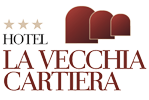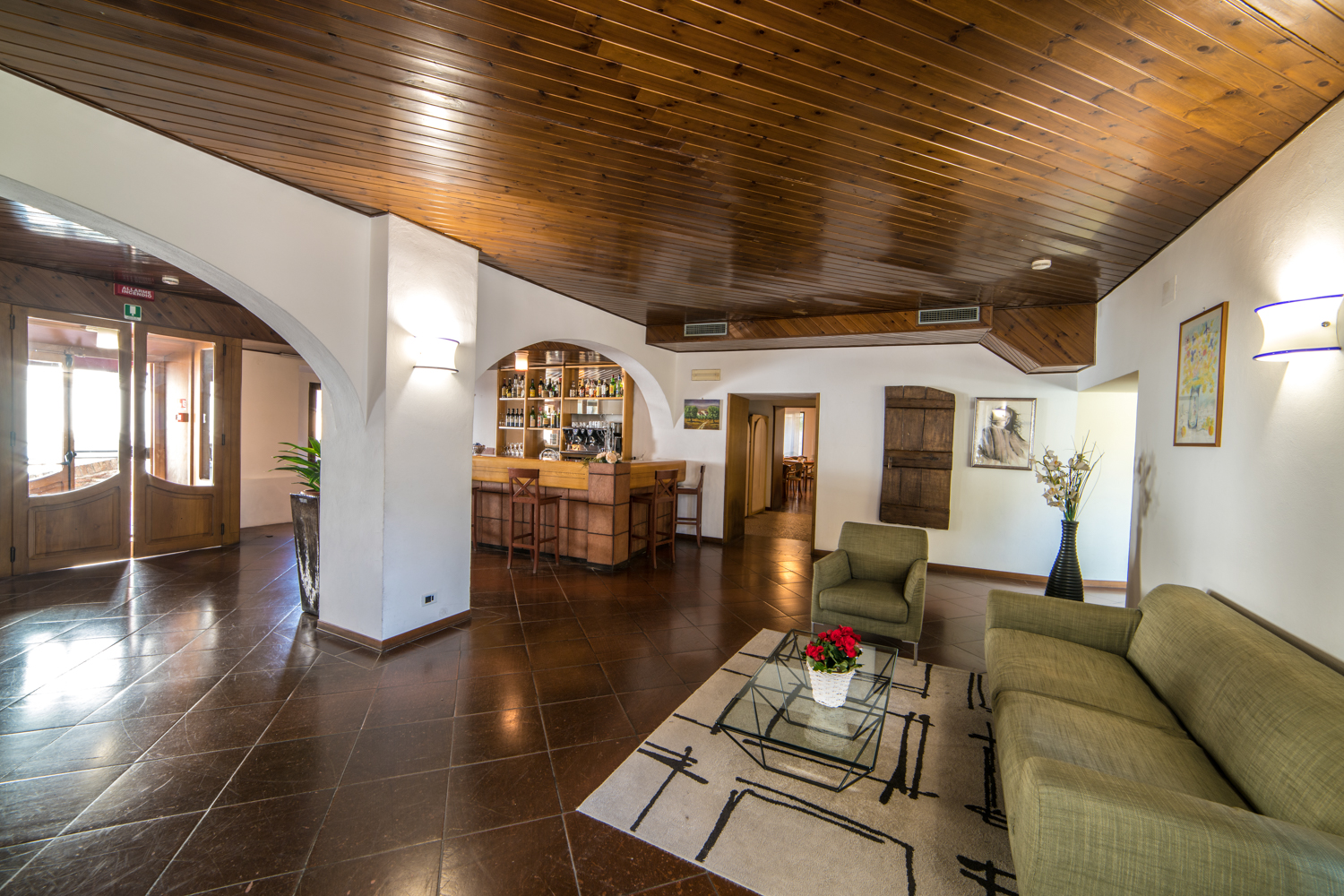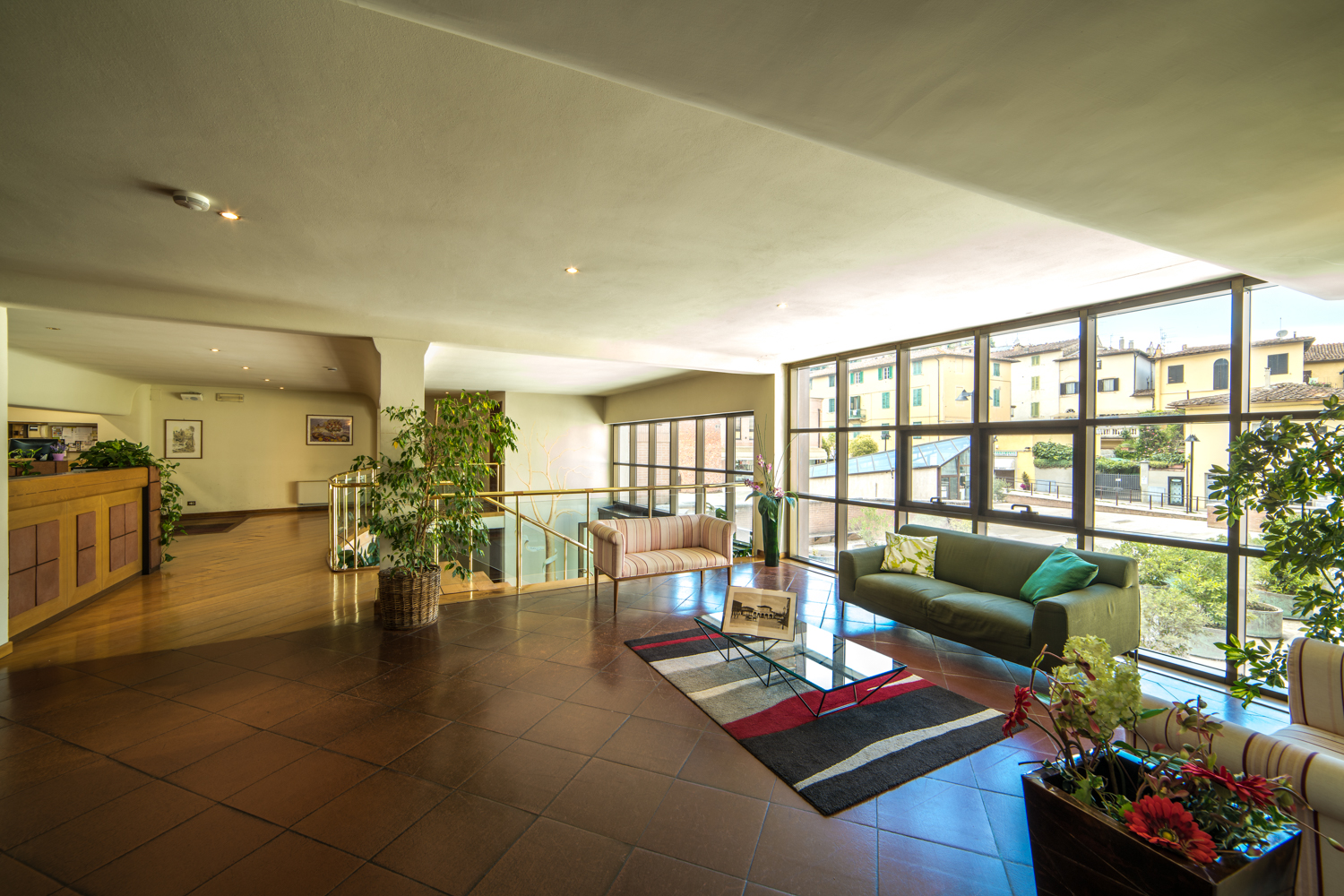La Vecchia Cartiera
Colle di Val d’Elsa Hotels
A historic place …
Centuries of history have marked the passing of time of this building that had its remote origin in 1100 with the union of two buildings, one of which was a lazaretto called “Spedale” hence its historical name Cartiera Lo Spedale.
The building was built outside the ancient city walls of Colle Val D’Elsa, next to the Oliviera gate destroyed in the nineteenth century demolitions; the only visible traces of this door today, is the small circular tower partially annexed to the buildings that can also be seen from the windows of the Cartiera.
Denounced, in 1427, as a “Paper Building”, the Lo Spedale paper mill was the most important in Colle Val D’Elsa and it was the one that had a longer-lasting productive life, finishing its activity as a typography in 1978.
Here the precious white paper used in the most ancient documents of the Tuscan archives and in Florentine printed books was produced, during the passage from parchment to paper. Thanks to the doctors and the protection measures of the paper mills so important for the state, the production of paper increased considerably.
For over 2 centuries, the processing of paper in Colle Val D’Elsa predominates, reaching its apex with the monopoly, for some of them, on the “stamp paper”, exporting the precious artefact throughout Europe to North Africa.
At last we can not forget that following the disastrous flood of 1966 in Florence, the upper floors of the paper mill were shelter of a lot of flooded material coming from the Florentine libraries, which thanks to its eighty-eight windows, benefited from the air needed to be dried.
The “gore” system, channeled the waters of the river Elsa into canals (still present even if no longer visible) that served to feed the “Going to water buildings” such as paper mills, mills and ironworks.
The water of the “Gora”, near the paper mill was made to enter the showers thanks to the lock that we can see even now next to the front door. The water falling on the big wheels, operated the heads of the “mallet” for the processing of pulp.
Then the still wet sheets were brought to the upper floors. Here the paper was placed on the “spanditoi” to dry thanks to the air that circulated through the large windows.
Subsequently the closure of the printing house in 1978 and the change of ownership of the building, work began on the covering of the gora and the renovation of the same which changed completely the intended use, transforming itself into a receptive structure.
The old slippery that allowed the wheels of the carts to load the paper, no longer needed and from the gears of the shutters that allowed to open and close the water were built steps to access the hotel leaving visible the flywheels and gears of the lock.
On the ground floor where the paper pulp was made, the restaurant with its wide cross vaults was built.
On the first floor in the offices where once the paper rolls produced were counted, today there are some rooms also with cross vaults and small windows, the hall, the bar and the breakfast room.
The upper floors of the spanditoi that had no internal walls lent themselves well to the division in the current rooms, some of which with a beautiful view of the historic center.



